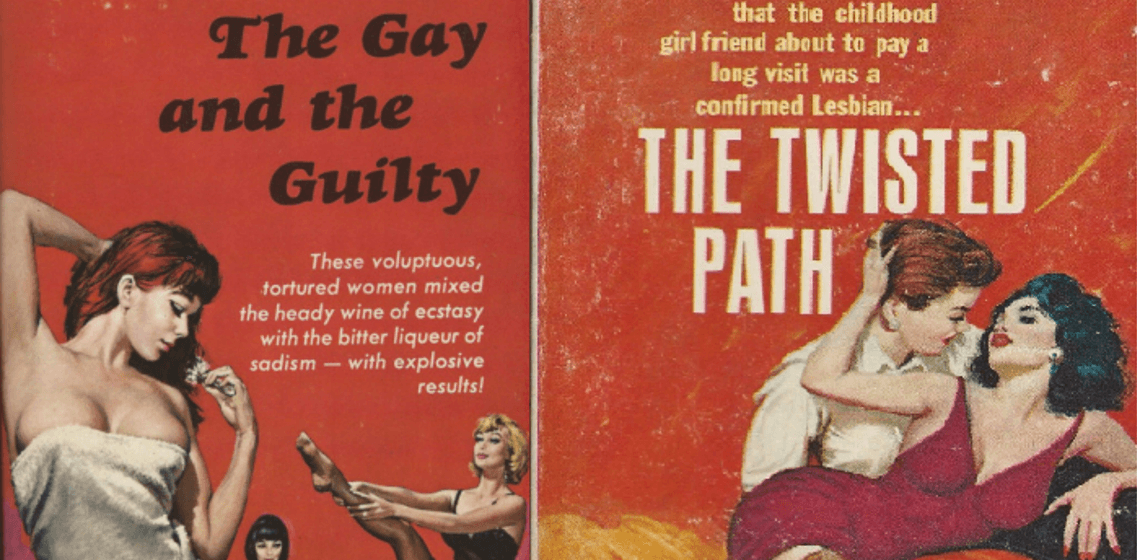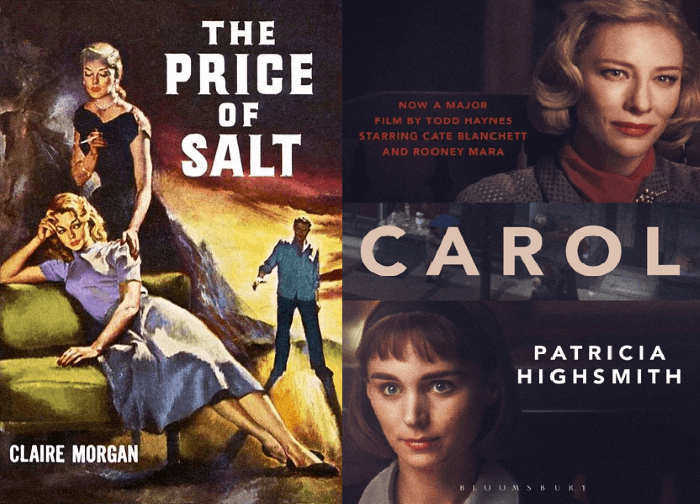We can pick LGBTQ+ themed books to read from a great variety because each year there is more and more literature targeted at young people who appreciate books. Options are endless, however it is important to remember it was not always this easy to acquire literature like this. Additionally lesbians* were not always accurately portrayed.
It was in the 1890’s when pulp fiction was created. However, it become really popular only in the 1920’s and after the years following WWII. Although these books were not classified as high-literature they served their purpose; a cheap and easily accessible entertainment for the public. These could be bought at kiosks, newspaper stands or even at the pharmacies. Pulp fiction business was booming because people loved it. Yet male dominance in reading limited the topics and the storyline.
Pulp fiction was mostly written for men who have just come back from war, thus stories revolved around war, horror and adventure. Later less ordinary topics gained ground such was ‘Lesbian desire’. How come they wrote about desire and not romantic love? The answer is simple; there was a censorship on the portrayal of homosexuality, anything that showed homosexuality as something positive was banned. By the end of the books characters usually died, became heterosexual or went crazy but their love could never be fulfilled.

Pulp fiction did not help erase the stigmas of the era, as a matter of fact it only strengthened prejudice around lesbianism. Books often had a butch character depicted as the evil women who lures other women into her net. Additionally covers contained words such as: satan, sin or unnatural.

Obviously lesbian* pulp fiction did not only reach men, lesbian* women also only had access to such books therefore it is important to mention those who created something outstanding in this genre and wrote about real people’s feelings.
Valery Taylor was one of them. She identified as bisexual and claimed that the male writers of lesbian pulp fiction have never ever spoken to a real lesbian* about the real experiences and feelings of a woman. Thus she aimed to show this in her work. Ann Bannon, the queen of lesbian pulp fiction did not write about her personal experiences but included complex characters in her literature and created the butch female archetype.

Possibly the most celebrated lesbian* pulp fiction is Price of Salt from Patricia Highsmith. This is the book the movie Carol was based upon. The piece was published in 1953 as pulp fiction and one could buy it for only 25 cents. Highsmith’s book is considered special because the censorship of that time did not touch it and has a positive ending. For a long time it was the most appreciated lesbian* novel.

Thanks to the changes in lesbian pulp fiction novels depicting intimacy and romance between women became more popular. This inspired writers to illustrate their story by complex and real characters in order to produce a positive narrative about lesbianism.
Translated by Flóra Keresztely
